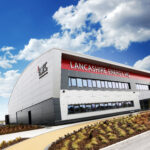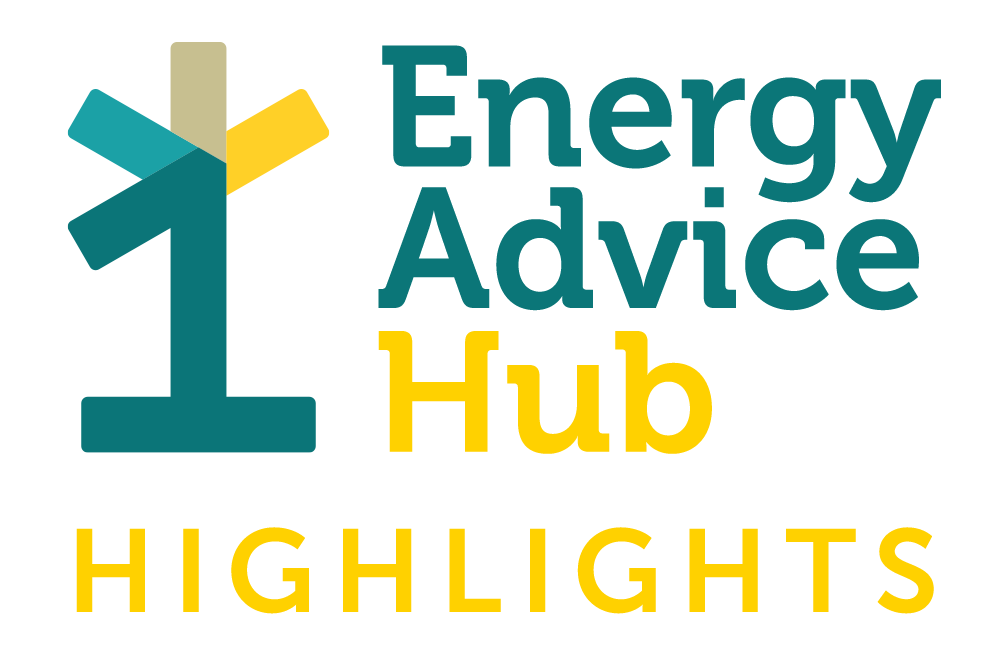Iceland is a global leader in transitioning from fossil to clean power. Can the UK pick up some valuable teachings?
According to the UN, in an era when climate change is making it necessary for countries around the world to implement sustainable energy solutions, Iceland presents an intriguing example.
Today, almost 100% of the electricity consumed in this small country of 330,000 people comes from renewable energy. In addition, 9 out of every 10 houses are heated directly with geothermal energy.
But it wasn’t always like this. For centuries, the geothermal resource was limited to washing and bathing, while hydropower production started out in the twentieth century with only a few megawatts of power generation. In fact, until the early 1970s, the largest share of the country’s energy consumption was derived from imported fossil fuels.
So what did Iceland do?
From imported fossil fuels to almost 100% renewables in 30 years
Glancing through the UN’s, and indeed other Icelandic resource pages, illustrates an interesting tale. Iceland’s transition came about because the country could not withstand oil price fluctuations occurring due to a number of crises affecting world energy markets.
It therefore required a stable and economically feasible domestic energy resource for its isolated location on the edge of the Arctic Circle.
So frankly, the initial driver, back in the 70’s, wasn’t environmental. It was socioeconomic. “It was the 1973 oil crisis with the 70% price increases,” comments Kasia Thomlinson, Risk Manager, BiU.
“So, the government established a geothermal Drilling Mitigation Fund which loaned money for research and test drilling, even if this failed the Fund recovered the costs, making the options far more favourable over fossil alternatives.”
Scale and cash
In addition to the Fund, a legal framework also made it more attractive for households to connect to the new geothermal district-heating network rather than to continue using fossil fuels.
Simultaneously, Iceland started to focus on large-scale hydropower development, which attracted large international industrial energy developers. The goal was to lure new industries to Iceland in order to diversify its economy, create jobs and establish a nationwide power grid.
The UN writes it was the combination of these developments that created the Iceland of our times.
These themes sound very familiar to elements like feed in tariffs or grant funding for homes and industry in the UK to invest in solar power for example. But the difference appears to be Iceland’s joined up, more viable approach across industry, community and the legislature.
It is, for example, tough to imagine any UK funding offering cost recovery for a failed green energy project; there would be uproar in the Commons at shelling out for failed green energy businesses. Equally, feed in tariffs, cash support and grant or funding mechanisms are largely turned off or realigned as soon as clean energy sectors reach any scale within these shores.
The UK therefore has shared concepts with Iceland, but not their depth or long termism. And the UK has something of an addiction to massive, highly expensive long term nuclear energy contracts, whereas Iceland’s mechanisms focused differently.
Green linkages
So, Iceland established vital cohesion and collaboration between municipalities, government and the public during the early stages of transition. This is still lacking today in the UK in terms of clean energy.
Equally, Iceland’s government remains very forward facing. On June 23, 2020, most countries were grappling with Coronavirus themes. Iceland, contrastingly, was launching a new Climate Action Plan, expected to achieve a 35% reduction in greenhouse gas emissions by 2030. Over a five-year period, from 2020 to 2024, ISK 46 billion will be allocated to the major climate actions. The Action Plan consists of 48 measures, including 15 new ones, which have been added since the first version of the plan was released in the autumn of 2018.
Summing up the difference
Overall, the message from Iceland appears to be that futurist clean energy thinking needs to be embedded across all elements of a country and a society, in a long term, truly joined up way, to deliver the most meaningful results.
Incentives and support mechanisms must be similarly long term, not frightened by the occasional failure, and not punitive to the success of their sector when success comes. Which surely is the goal of such money after all.
“The long term political vision created the pristine clean energy economy we see currently,” comments Kasia. “As climate change makes sustainable energy solutions vital, Iceland’s transition should serve as a shining example. But we will need strong leadership at all levels to accomplish similar things.”
You could argue that Iceland has a unique geothermal resource, which it has. But the UK has similarly unique marine and wind energy resources, among the most viable on the planet. We are developing these fast, we just need to link everything together more cohesively to truly deliver on our exciting potential.








